
Hope for a huge, ancient and imperilled fish
First Nations are leading efforts to make sure lake sturgeon can find a home in...
Manitoba has not formally inspected Winnipeg’s main fuel supply pipeline in the last four years, instead allowing industry to take the lead on oversight — a practice critics say lacks transparency and carries environmental risks.
The Winnipeg Products Pipeline was shut down in March after Alberta-based owner Imperial Oil discovered safety concerns for a section of pipe that runs under the Red River near St. Adolphe, south of Winnipeg.
In the interim, the city’s supply of diesel, gasoline and jet fuel — which typically flows from a terminal in Gretna, Man., on the United States border, to a terminal in Winnipeg — has been transported by rail and truck.
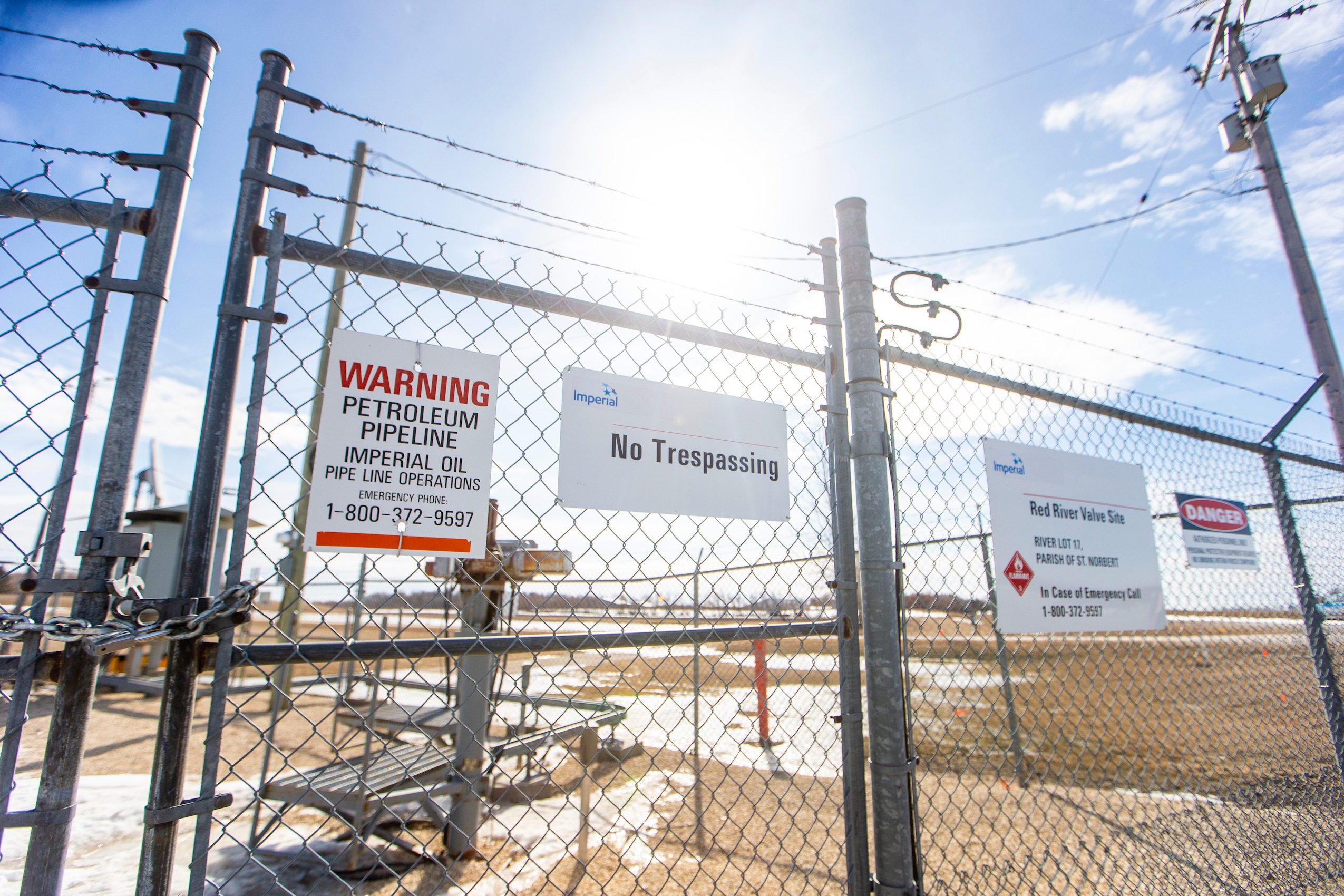
While inspectors have occasionally visited the pipeline “during the course of carrying out other duties,” no inspection reports were written during that time period, the Department of Economic Development, Investment, Trade and Natural Resources said in a letter obtained through a freedom of information request.
“This is a pipeline that crosses water bodies and carries several types of fuel, so there’s risk, of course, of pipeline leaks and water contamination,” Winnipeg-based energy and mining governance expert Patricia Fitzpatrick said in an interview.
When pressed for additional details, a provincial spokesperson said the province is changing its oversight practices.
“Inspection capacity has been increased, which should ensure annual inspections are completed on a regular basis. Formal inspection reports will now be generated following each inspection,” the spokesperson said.
In a statement announcing the shutdown, Manitoba officials said the decades-old pipeline had not been compromised, no fuel had leaked and it would oversee the repair work “to ensure all precautions are taken to protect the environment.” Over the following weeks, the province said inspectors were on site to monitor the repairs.
“While the goal is to inspect the line at least once a year, there may be times where that is not possible. For example, there were no provincial inspections in 2020, but three in 2021, and one each for 2022 and 2023,” an unnamed provincial spokesperson said in an emailed statement.
Prior to this spring, provincial inspectors were on site five times in the last four years. None of those visits were formal inspections.
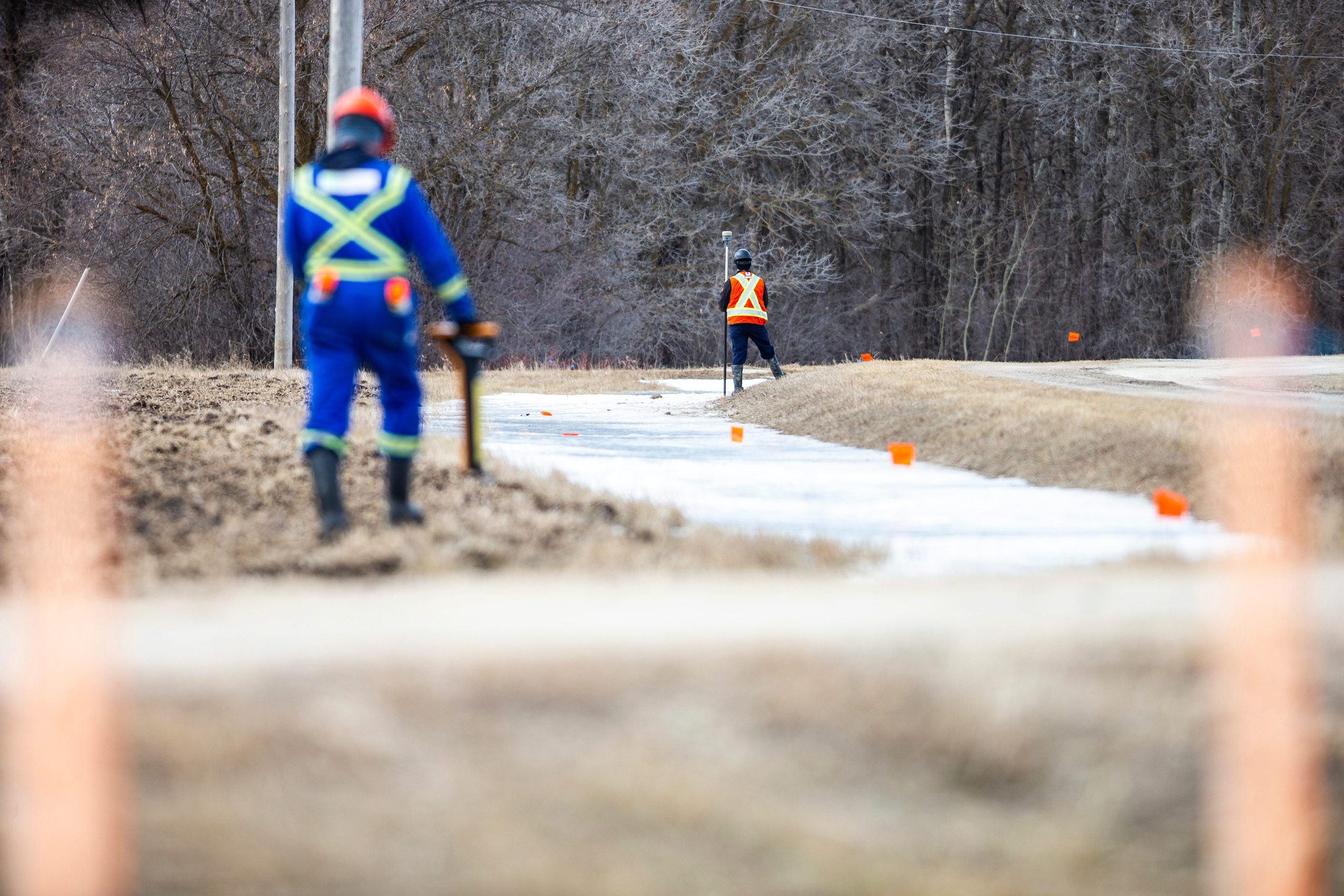
In a letter provided in response to a freedom of information request, the province provided a comprehensive list of site visits between January 1, 2020, and the pipeline shutdown in March of this year.
According to these records, three informal inspections — for which no report was written — were completed in 2021, and the site was visited twice between 2022 and 2023.
The site visits involved inspectors being called to witness what’s known as a “pressure test” and to investigate a work site where a contractor was building a nearby parking lot — neither of which constitute formal inspections.
No inspections or site visits were conducted in 2020.
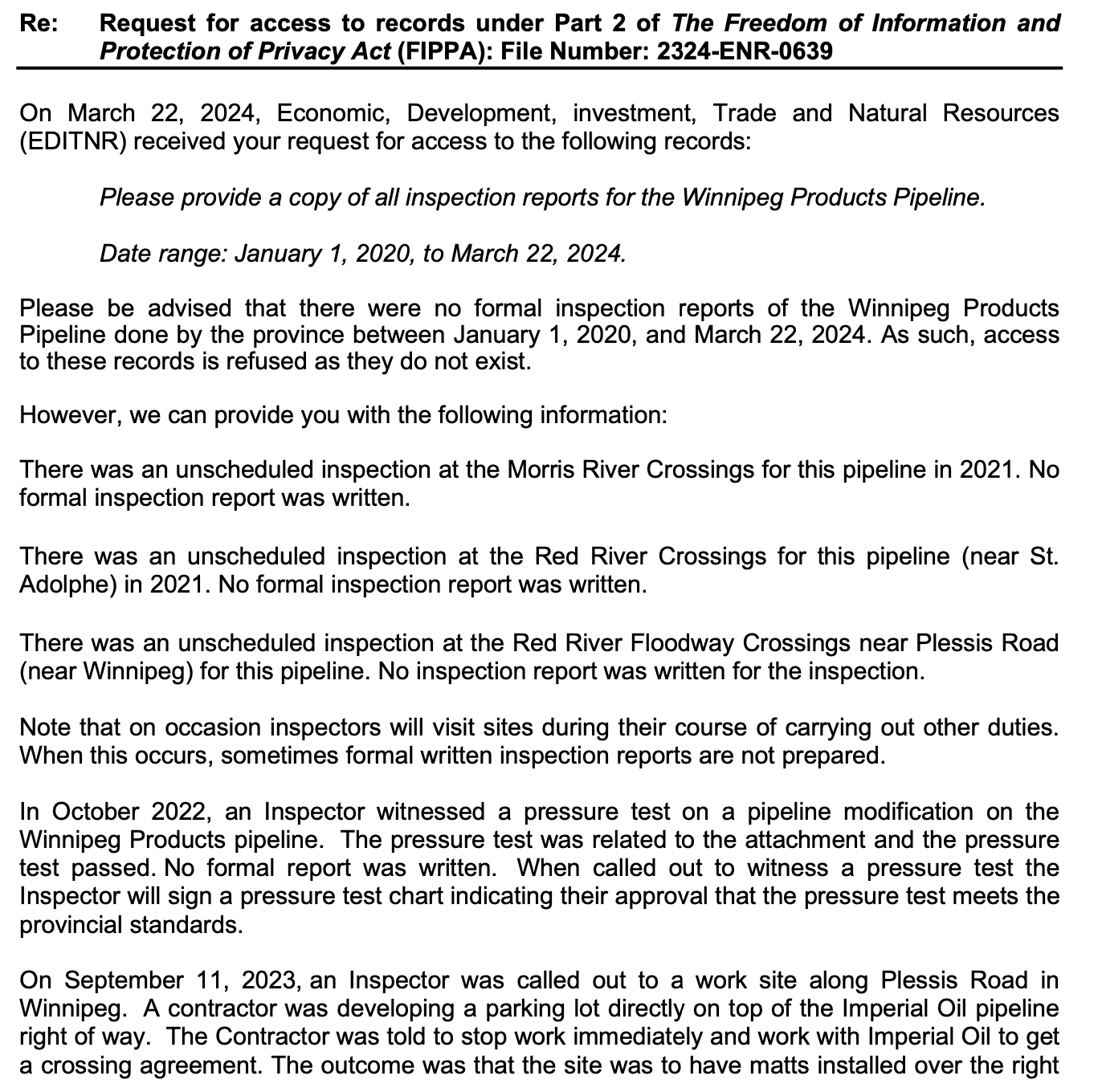
According to environmental law expert Heather Fast, it’s difficult to assess whether a company or government is adequately monitoring environmental protection without transparent and accessible documentation of emergency plans, inspection systems and enforcement actions.
“I think there’s an obligation on the part of government when you think about their duty to protect the environment, natural resources and human health, to make sure that monitoring and follow up processes are working properly,” she said.
The Narwhal and Winnipeg Free Press requested an interview with a representative from the petroleum branch — which is responsible for regulating provincial pipelines — to explain the branch’s inspection process, including how often inspections take place, what information is collected and why there is no formal documentation available.
After two requests, the provincial spokesperson said no one from the branch could be made available.
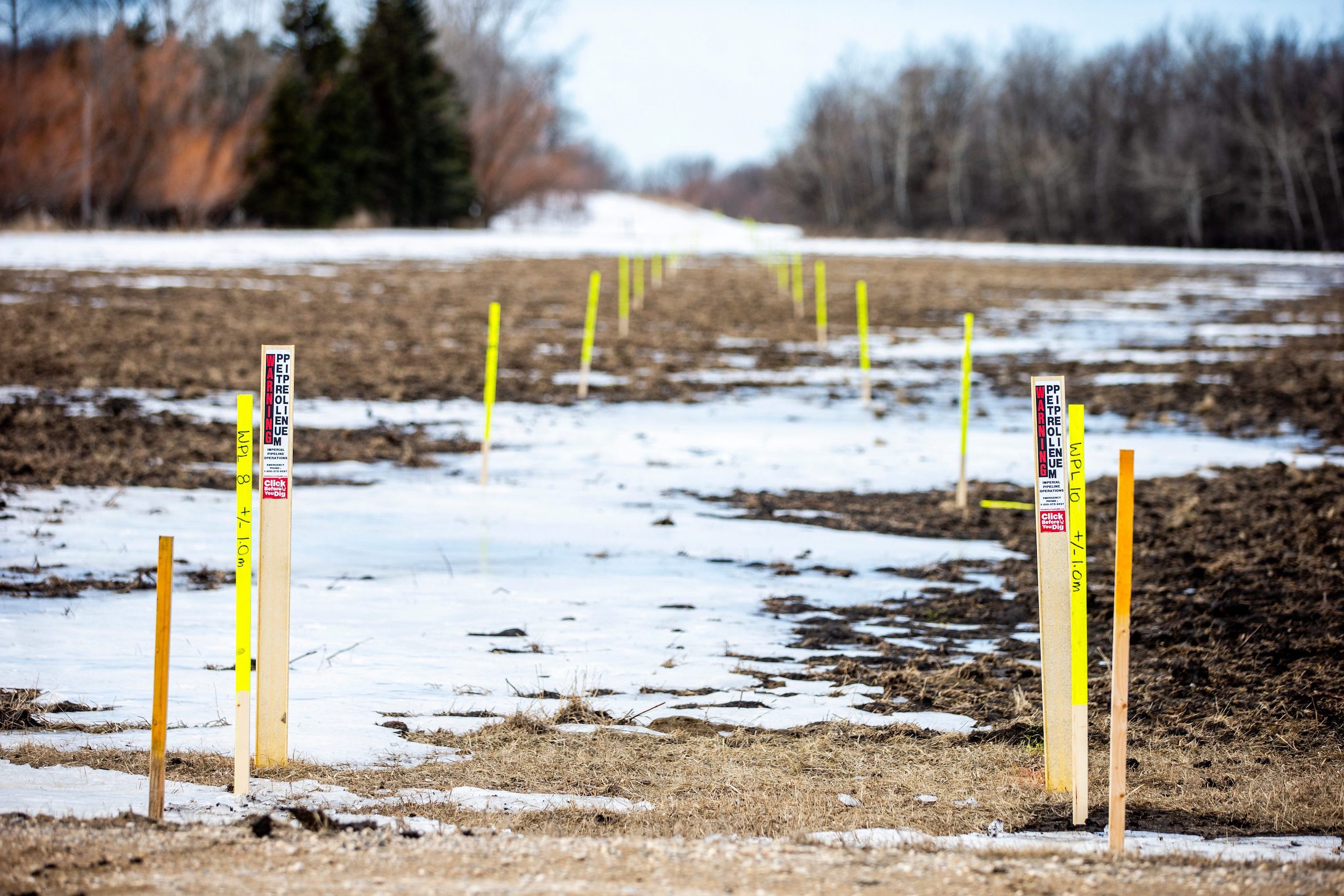
Over an email exchange, a spokesperson for the province was unclear on the frequency and formality of pipeline inspections.
Initially, the spokesperson said the province “relies on both formal and informal inspections,” adding “there were informal inspections” of the Winnipeg Products Pipeline in 2023. They later clarified there was a single informal inspection completed in September that year.
Inspection of a pipeline that crosses a waterway would typically include physical inspection of the riverbanks to check for erosion or slumping, along with an inspection of signage, control valves, right of way and soil conditions, the spokesperson said.
The Narwhal and the Winnipeg Free Press requested clarification on the distinction between formal and informal inspections.
The spokesperson replied informal inspections “may occur for example if there is a development proposed where an inspector will go out to look at a particular site to determine if the development would have any impact on the pipeline or its operations.”
The spokesperson said the province “has always required inspection forms to accompany formal inspection but recently changed the requirement so that inspection reports must accompany all inspections.”
They did not specify why or when this requirement was changed.
Bill Caram, executive director of the U.S.-based pipeline watchdog organization Pipeline Safety Trust, said in an interview that “best practice is for regular, frequent, thorough inspections with reports that are promptly made easily available.”
“There is no reason to keep this information from the public,” he added.
According to the spokesperson, provincial inspectors “work collaboratively” with industry to maintain regular inspections, “with the provincial inspections supporting the more extensive ones that are done by industry.”
“The outcomes of these inspections are carefully documented and provided to the province annually,” the province said.
It was an internal inspection conducted by Imperial Oil that identified concerns with the decades-old Winnipeg pipeline.
In an emailed statement, Imperial Oil public affairs manager Keri Scobie explained a routine inspection in early 2024 found riverbank erosion was causing stress on the pipes, which led to the “proactive” decision to shut the pipeline down for maintenance.
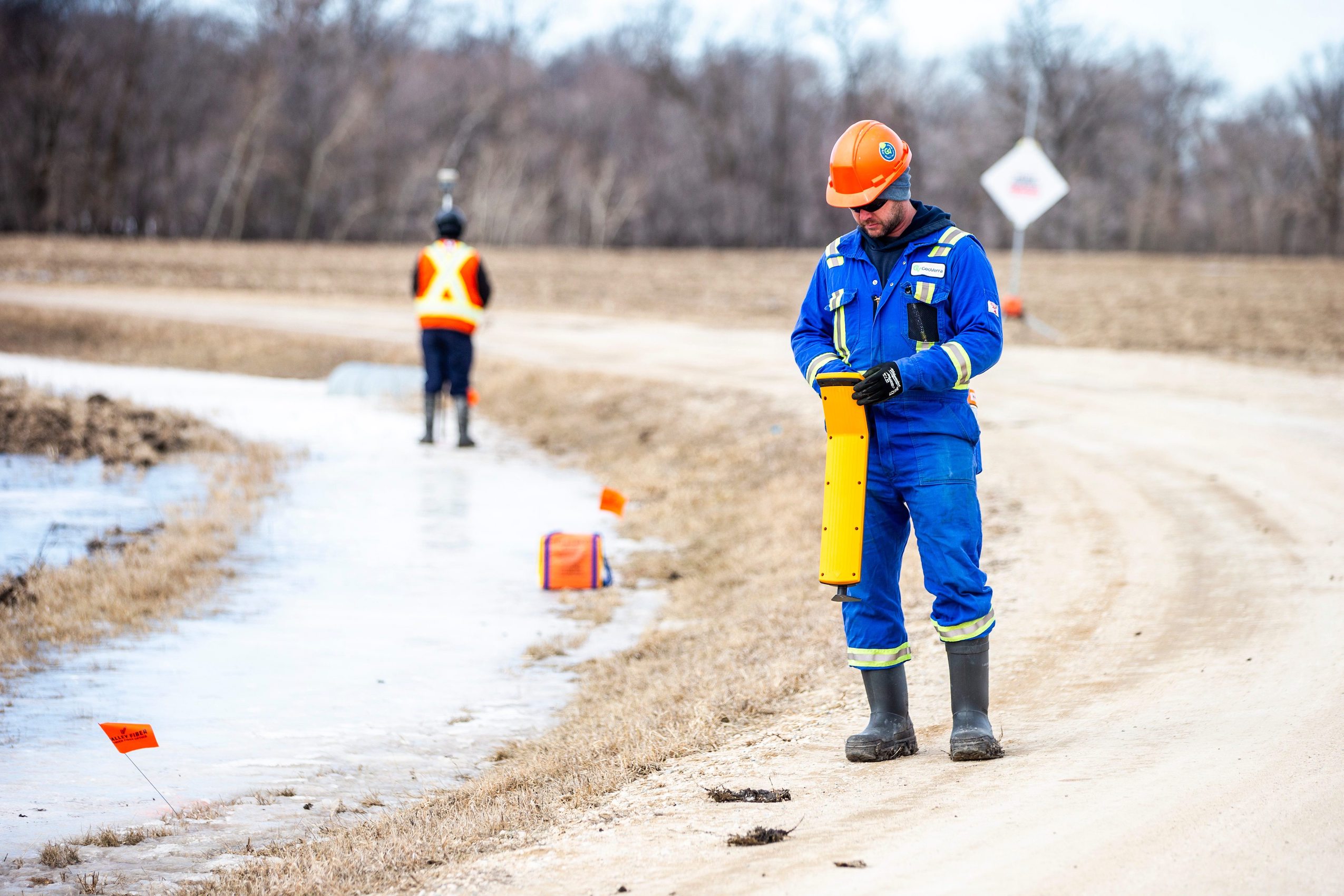
Scobie said the company has “a robust inspection program for our pipeline infrastructure across the country,” adding the pipelines are regularly inspected nationwide both by Imperial Oil and third-party inspectors.
She did not specify how often the company inspects the Winnipeg Products Pipeline, what the inspections entail and how often reports are provided to the province by publication time.
Under Manitoba’s oil and gas legislation, pipeline operators are mandated to provide annual reports that include volumes of oil transported, leaks, damage, major modifications, maintenance and other information, including anything else department staff may ask for.
Imperial Oil did provide three-page annual reports in March 2023 and February 2024, according to documents obtained via freedom of information requests. The contents of those reports were redacted, citing legislation protecting the business interests of a third party.
According to the provincial spokesperson, Imperial Oil conducted two in-line inspections in 2023, which were documented in that year’s annual report.
Allowing resource companies to monitor their own work isn’t uncommon, but it’s increasingly considered a risky and outdated practice.
“No industry polices itself well,” Caram, with the Pipeline Safety Trust, said in an email.
“Of course, no one knows the pipeline system as well as the operator and they need to perform frequent inspections in order to maintain the integrity of their pipelines and make appropriate repairs. However, these should not replace the need for independent regulatory inspections,” he added.
University of Winnipeg geography professor Fitzpatrick has spent her career focusing on governance of energy and mining projects, including serving as an expert witness for several national pipeline project reviews.
“I don’t think the Canadian public really knows how self regulated large-scale resource management is — including pipelines,” she said in an interview.
While companies are invested in the safety of their infrastructure, government involvement in monitoring is important to mitigate environmental and human health risks, and to ensure proper enforcement can be applied when needed, she said.
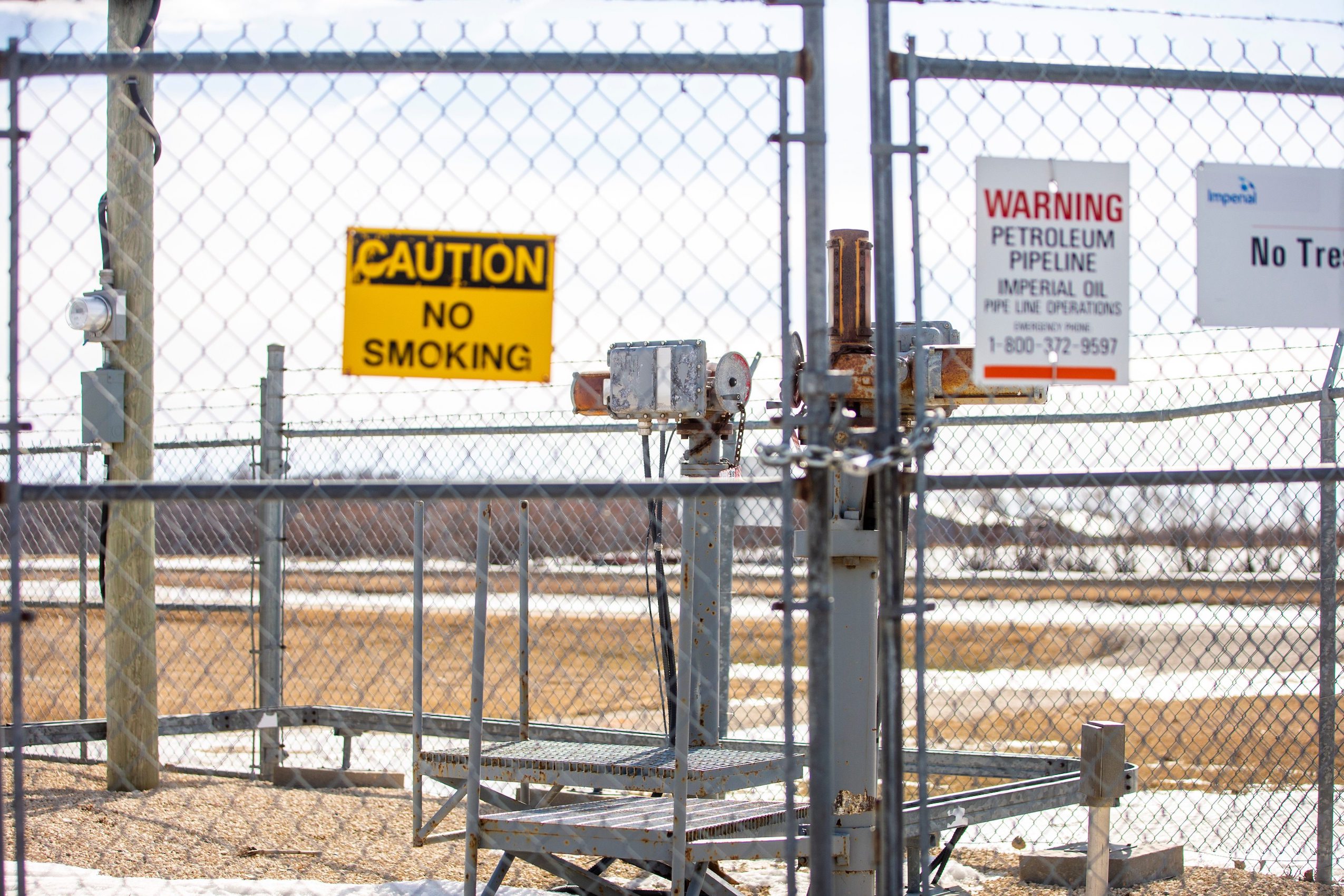
Manitoba, along with other provinces, has been slow to update its legislation to include rigorous monitoring and follow-up systems aimed at protecting environmental and human health.
“We are operating under some old legislation that needs significant refreshers,” she said.
While Fitzpatrick argues there are no best practices for pipeline monitoring in Canada at the moment, more effective practices have emerged in British Columbia, Alberta and at the federal level.
The Canada, B.C. and Alberta energy regulators have adopted a risk-based inspection system: oil and gas infrastructure is assessed based on several factors, including the facility’s last inspection date, the company’s compliance history, the resource being produced and the size and location of facilities. Companies still carry out their own inspections on a regular basis, but the province regularly inspects facilities and audits company compliance reports, prioritizing higher-risk facilities — including pipelines that cross waterways.
Fitzpatrick doesn’t necessarily think these risk-based assessments mean inspections happen as often as they should, but said Manitoba should consider adopting such an approach.
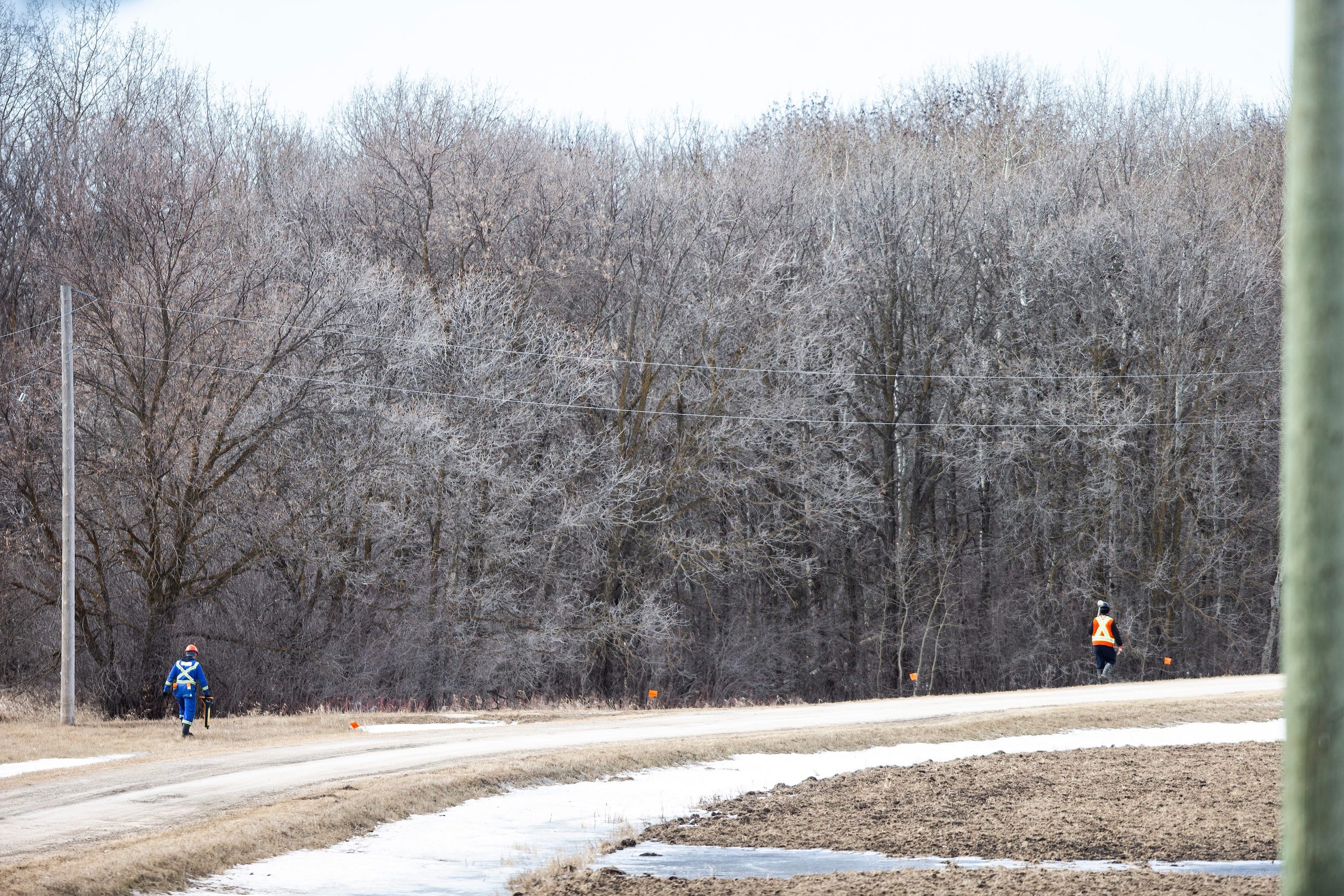
But part of the problem, Fitzpatrick said, is that the province’s oversight bodies are sorely under-resourced when it comes to both funds and staff.
The provincial government currently lists just two petroleum inspectors in its staff directory. Two positions appear to be vacant. The employee listed as the senior inspector started working with the department in April 2023, according to the employee’s LinkedIn.
In response to questions from The Narwhal and the Winnipeg Free Press about the frequency of provincial pipeline inspections, the provincial spokesperson said inspection capacity has been increased.
“The province recently hired a new senior petroleum inspector and is working on adding additional staff,” the spokesperson later clarified.
Fitzpatrick believes independent oversight bodies with members appointed by Indigenous Rights holders, community members, governments and Crown agencies could help bolster public confidence in inspection and monitoring.
These oversight bodies, which have been appointed for cross-border pipeline projects like the Enbridge Line 3 replacement and the Trans Mountain pipeline expansion project, are tasked with reviewing the company’s monitoring reports and compliance documents.
“Independent oversight happens when people don’t trust that the government has the funding or the interest or the schedule to do the oversight work,” Fitzpatrick said. “Those types of bodies … can serve as an extra layer of comfort for the public.”
Independent oversight can also help ensure documentation is provided in a transparent manner to members of the public.
“Transparency and data is something I think most Canadians would expect that we’d have for things that have the potential to have significant consequences,” she said, adding she hopes changes will be made in Manitoba so the public will have access to information like pipeline inspection reports.
Get the inside scoop on The Narwhal’s environment and climate reporting by signing up for our free newsletter. Angello Johnson’s shoulders burn, and his arms...
Continue reading
First Nations are leading efforts to make sure lake sturgeon can find a home in...

We’re excited to share that an investigation by The Narwhal is a finalist for the...

A new documentary, Nechako: It Will Be a Big River Again, dives into how two...
